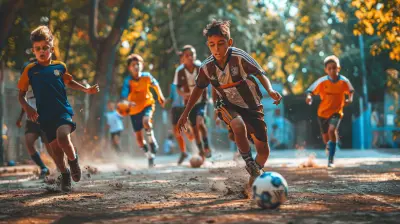How to Use Off-the-Ball Movement to Set Up Scoring Chances
14 July 2025
When people think about soccer greatness, flashy dribbles, ridiculous goals, and jaw-dropping assists usually come to mind. But here’s a little secret: some of the most crucial actions on the pitch happen without the ball. That’s right — off-the-ball movement is one of the most underappreciated but absolutely vital elements of the game.
Want to create more goal-scoring chances? Then you better start mastering how to move when you don’t have the ball at your feet. Let’s break it down step by step — in plain English — so you can take your soccer IQ to the next level.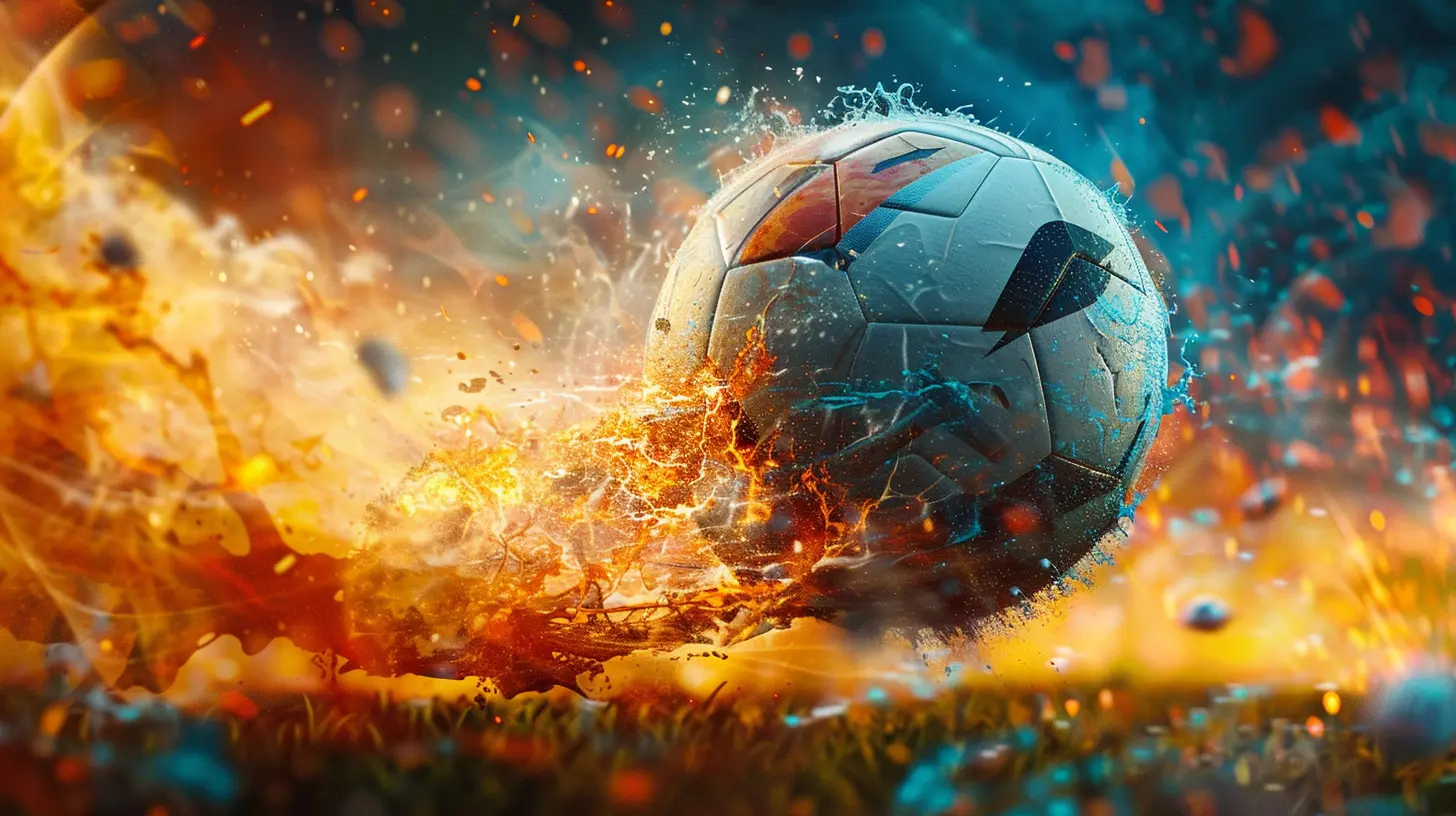
What Is Off-the-Ball Movement?
Before we dive deep, let’s get clear on the basics.Off-the-ball movement simply means what you do when you don’t have the ball. It's all about how you position yourself, how you run, and where you move to influence the game — without ever touching the ball.
It includes:
- Making runs into space
- Dragging defenders out of position
- Creating passing lanes
- Supporting teammates
- Timing your movements with the play
It’s like being a chess piece on the board. Every step you take opens doors — for you and your teammates.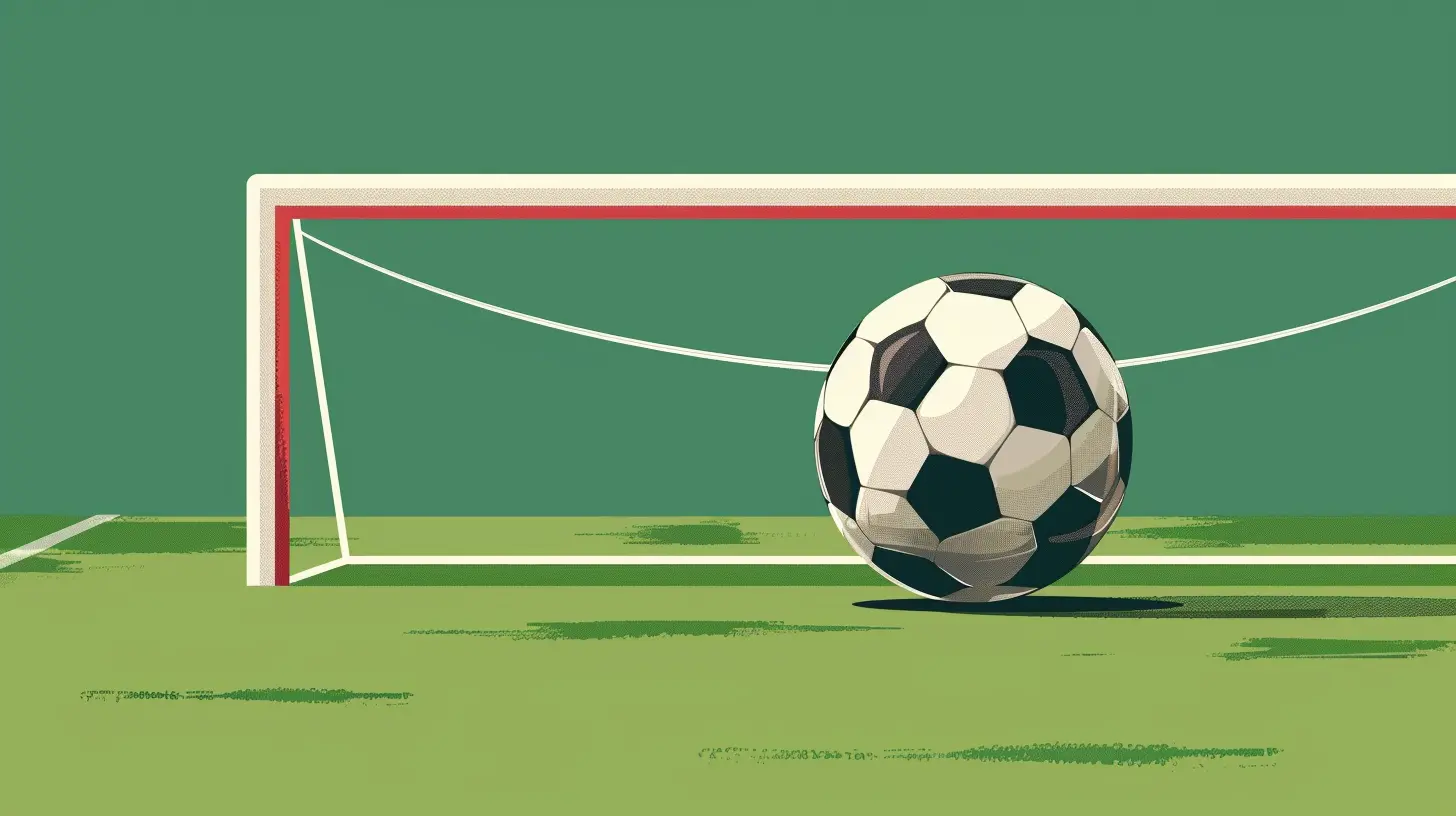
Why Off-the-Ball Movement Matters
Let’s be real — trying to beat an entire defense off the dribble is tough. But moving smart without the ball? That’s how you unlock tight defenses.Great off-the-ball movement:
- Pulls defenders out of shape
- Creates overloads
- Opens space for others
- Keeps the defense guessing
- Sets up clearer goal-scoring chances
Ever watched Thomas Müller? The guy is the king of off-the-ball chaos. He slips behind defensive lines not because he’s lightning fast, but because he’s clever. It's about football IQ, not raw athleticism.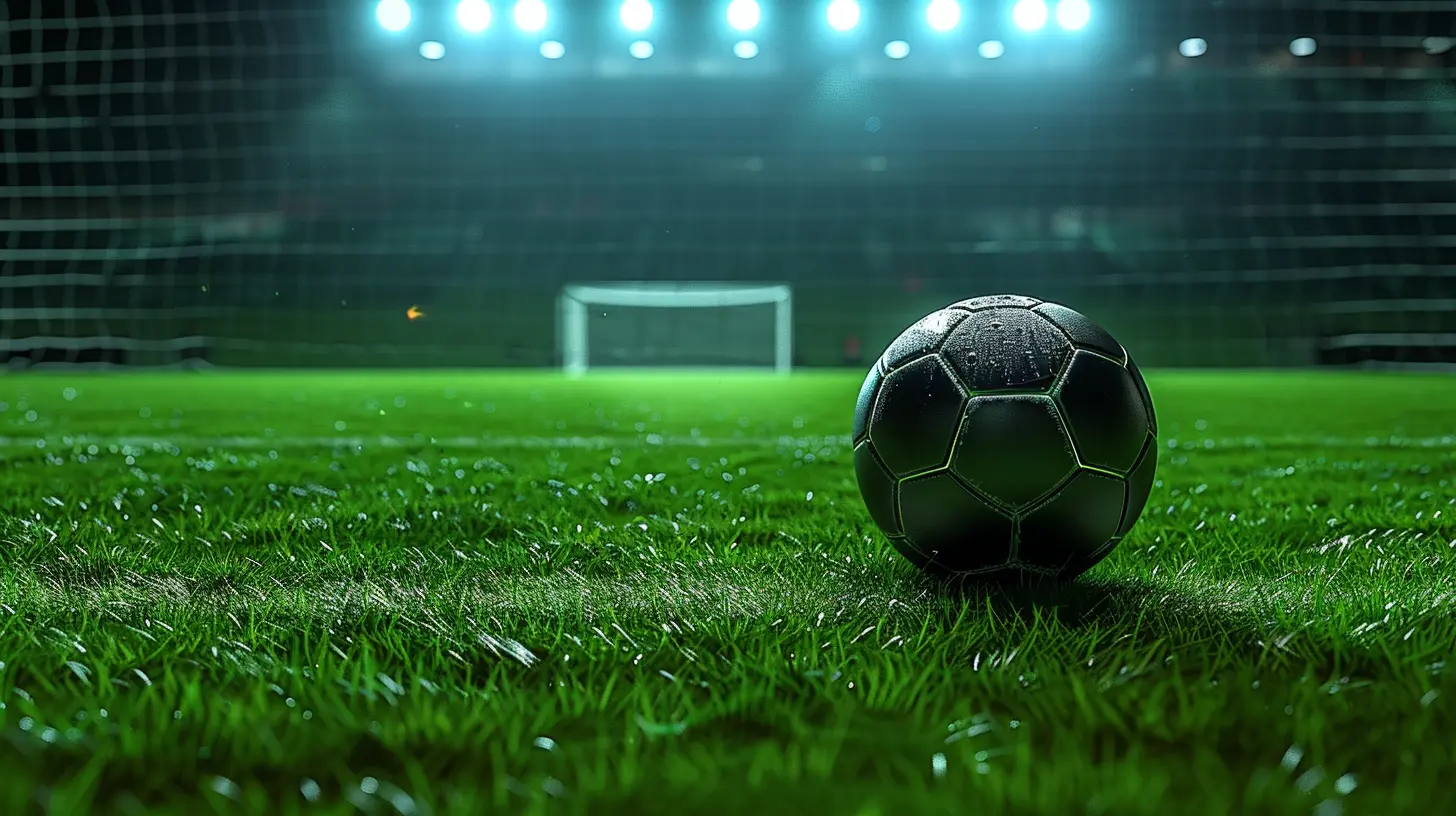
Types of Off-the-Ball Movement That Lead to Goals
Let’s get into the nitty-gritty. Not all runs are created equal, right? So here are some of the core off-the-ball movements that directly lead to scoring chances.1. The Diagonal Run
This one’s a classic. A diagonal run cuts across the pitch at an angle — usually from out wide into the middle, or vice versa.Why it works: It’s hard for defenders to track. You end up in those golden “half-spaces” that defenders hate.
Pro tip: Time it with your teammate’s pass — too early and you’ll get caught offside, too late and the window closes.
2. The Third-Man Run
This is high-IQ soccer. You’re not the one passing or receiving first — you're the third person involved.How it works:
1. Player A passes to Player B.
2. You start your run.
3. Player B lays it off into your path.
It's chef’s kiss when it works. Midfields struggle to track those ghost runs from deep.
3. Pulling a Defender
Sometimes your job isn’t to score — it’s to create space. If you drag a defender out of position with a well-timed run, you’re doing a huge favor for your team.Think of it like a decoy in American Football. You might not touch the ball, but without your move, there’s no room for the shot.
4. The Blind-Side Run
This is sneaky good. Basically, you creep into space behind the defender’s shoulder — their literal blind spot.When to use it: On crosses or diagonal balls. Catch them napping and pounce.
Super effective for strikers and inverted wingers.
5. Give-and-Go (or Wall Pass)
Also known as a one-two. You play the ball, make your run immediately, and get it back in a more dangerous area.This is just smooth football. It slices defenses open when done with tempo.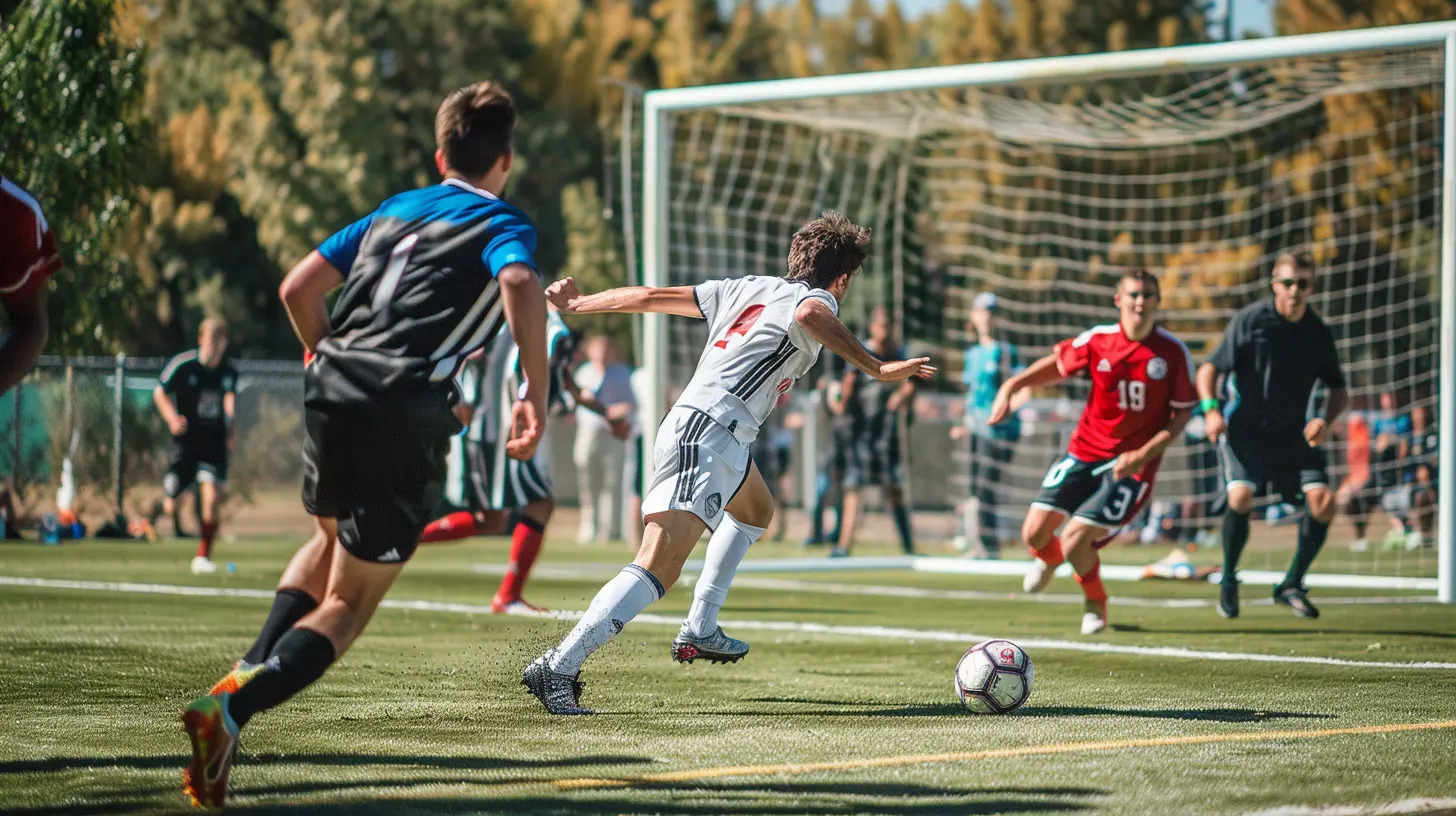
Timing Is Everything
Look, you can have the perfect idea for a run, but if your timing is off, it’s useless. Seriously.You need to:
- Read the play before it happens
- Set off at the right moment
- Adjust your speed or direction based on your teammate’s body language
There’s a rhythm to the game, kind of like dancing. Move too fast — you’re offbeat. Too slow — you miss the drop.
Pro players spend years mastering that instinct. But the good news? You can start improving right now by being more aware during games.
Reading the Defense: The Secret Sauce
Here’s where the magic happens. Not all off-the-ball movement is pre-planned. The best players adapt based on what the defense is doing.Ask yourself in-game:
- Are they playing a high line?
- Are the fullbacks pushing forward?
- Is the center back slow on the turn?
- Is the midfield leaving gaps between lines?
Once you spot these trends, exploit ‘em. A high line? Go for behind-the-line runs. Slow defenders? Face them one-on-one. Gaps in midfield? Drop in and turn.
Play the defense like a piano.
Communication: Silent and Loud
Great movement isn’t just physical — it’s mental and social, too.Sometimes you tell your teammate where you’re going with a shout. Other times, it's all in the body language — a quick glance, a point, or even just eye contact.
Key tip: Build chemistry in training. The more your teammates “get” your runs, the more chances you’ll create together.
Practice Makes Perfect: Training Ideas
Want to get better? You’ve gotta train smarter. Here are a few drills to sharpen your off-the-ball instincts:Shadow Runs
- Set up cones in key attacking zones- Practice different types of runs (diagonal, blind side, near post, etc.)
- Visualize the ball being played into space
Third-Man Patterns
- Set up 3 players- Drill passing combinations that end with a runner penetrating the box
Opposed Game Scenarios
- Small-sided games (5v5 or 7v7)- Only allow goals from a third-man run or a give-and-go
- Encourages mental engagement and movement creativity
Watching the Pros: Steal Like an Artist
The next time you're watching a match, don’t just follow the ball — follow the runners.👀 Watch how:
- Haaland attacks the space behind
- Salah positions himself just wide of a fullback before bursting inside
- Kevin De Bruyne drifts to create and then sprints to arrive late for a cutback
Break it down. What triggered their run? How did their movement affect the defenders? Could you do something similar?
Off-the-Ball Movement in Different Positions
Let’s face it — movement isn’t “one-size-fits-all”. Depending on your role, you’ll have different opportunities.Forwards
You live and die by movement. It's all about getting behind the line, creating separation, and timing your runs between the center backs.Wingers
Stretch the game, then cut in. Use diagonal runs to enter the box or make blind-side runs to the back post.Midfielders
Exploit space between lines. Make late runs into the box à la Frank Lampard. And don't forget those third-man runs.Fullbacks
Underlapping or overlapping runs create chaos. Time it right and you've got the byline all to yourself.Mental Side: Patience and Confidence
Sometimes, you’ll make five perfect runs and not get the ball once. That’s frustrating, no doubt. But keep going.Sometimes defenders just don’t see it. Or your teammate misses your signal. But the moment will come, and when it does — boom, you're in.
Be relentless. Be confident. One run can change a match.
Common Mistakes to Avoid
Let’s call them out so you don’t fall into the trap.❌ Running too early — offside or easily tracked
❌ Moving in straight lines — predictable and easy to defend
❌ Not scanning — you need to know who and what is around you
❌ Giving up on runs — if the pass doesn’t come, stay engaged
Remember, football isn’t just about flair. It’s about being clever — and a smart run is sometimes more dangerous than a flashy dribble.
Final Thoughts
Off-the-ball movement is your invisible weapon. It won't always show up on the stat sheet, but ask any coach at a high level — it's crucial. If you can move intelligently, time your runs, and read the game, you’ll not only score more, but you’ll become absolutely vital to your team.So even if you’re not the most technically gifted, you can still make a massive impact. Start thinking off the ball, and watch your game change.
Now, next time you hit the pitch — don’t just play the game. Out-think it.
all images in this post were generated using AI tools
Category:
ScoringAuthor:

Preston Wilkins
Discussion
rate this article
1 comments
Alanna McNulty
Unlocking the power of off-the-ball movement transforms a good player into a game-changer! By mastering this skill, athletes not only enhance their own scoring opportunities but elevate the entire team’s performance. Embrace the art of movement and watch your game—and your team—skyrocket to new heights!
August 1, 2025 at 3:25 AM

Preston Wilkins
Absolutely! Off-the-ball movement is crucial for creating scoring opportunities and elevating team dynamics. Mastering it can truly transform both individual performance and overall team success.


